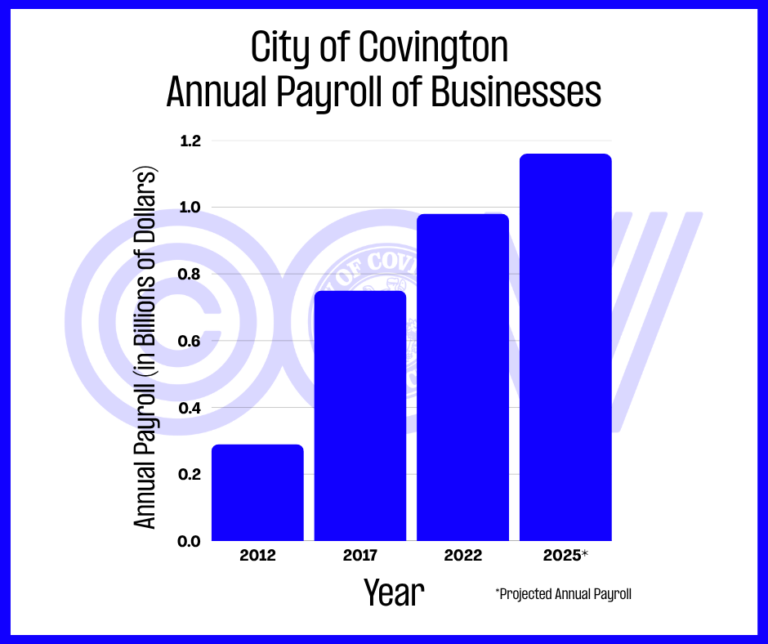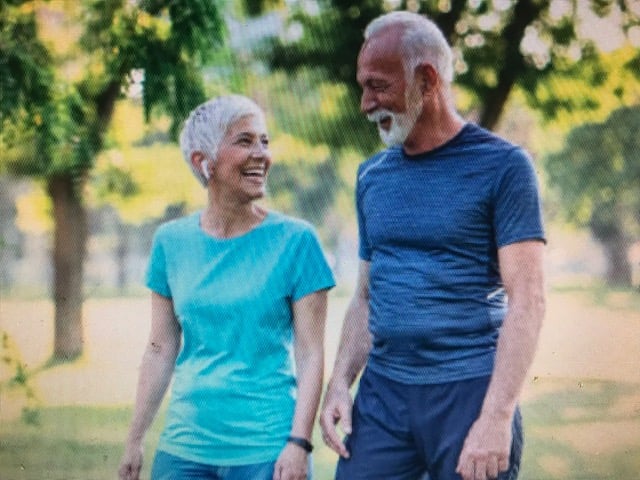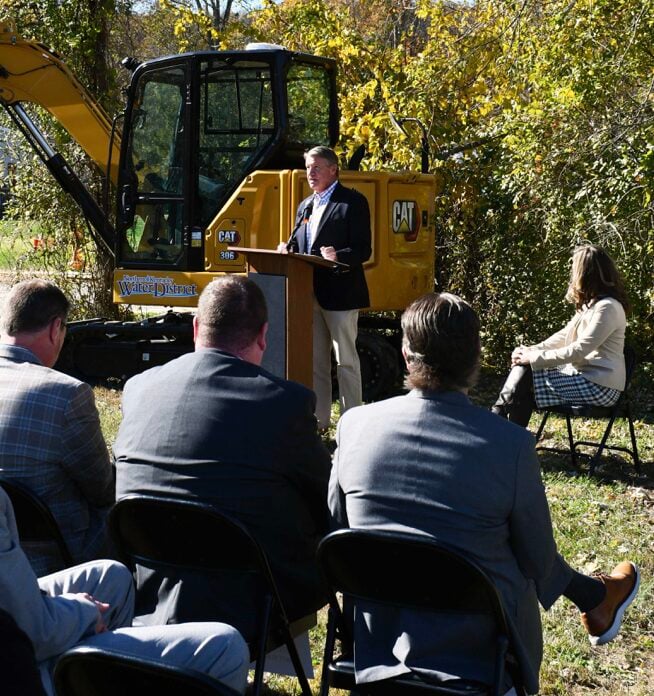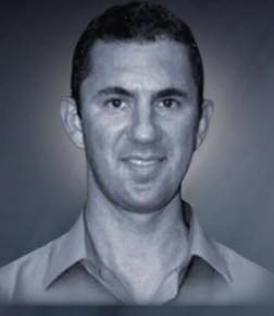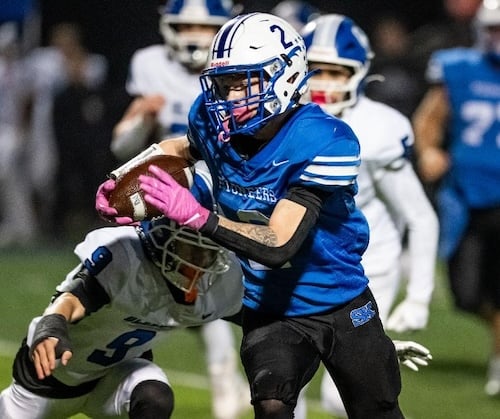It began in mid-April, chest and left arm pains coming on with increasing frequency. I found that if I would wait for awhile they would go away. But as the summer progressed I needed to take nitroglycerine tablets to get rid of them.
In late summer I noticed my stomach had suddenly grown bigger and I thought I must be gaining weight at a rapid rate. Finally, on a Wednesday night, I started having trouble getting my breath. That was scary enough to bring me to action. My wife and I had talked about it but hadn’t acted.
“We have to go now,” I told her and we headed for Lexington and the University of Kentucky Hospital. No ambulance. I’d heard they’d take me to the nearest hospital, and I didn’t want that. I took another nitro tab and the scary breathing problem eased somewhat.
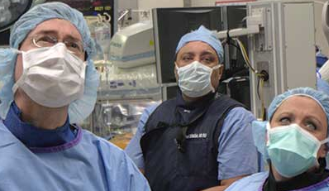
Forty minutes later we pulled up to the emergency room entrance. My wife hurried inside and seconds later a team rushed out, put me into a wheelchair, and rolled me in. From here on in, my thoughts are somewhat jumbled. I remember there was an EKG and maybe an injection plus blood drawn for laboratory tests. As I waited, I could see a group beginning to form and there—yes!—there among them was my cardiologist—my cardiologist for these many years, with whom I would trust my life without a second’s hesitation. My cardiologist, to whom many other cardiologists turned for advice. He seemed to be telling the people assembled here today there were certain prerequisites they must check out before proceeding, but I don’t really know what he was saying.
The rest of this story I have to tell after the event, after an angiogram and after a stint was implanted in a 99 percent blocked artery. I woke up to find that I was paralyzed. I couldn’t move a muscle—but I could breathe. I was hooked up to a ventilator pumping air into my lungs through a tube down my throat. I think I drifted off to sleep again and this time when I woke up I could move.
Soon, my dear wife came in, and later my cardiologist, who would provide the details of what had been done. Later, I would meet the rest of the Gill Heart Institute superstar team, an impressive crew headed by a very smart MD-PhD woman with a British name who is director of the institute. (I’m not mentioning people’s names here as a matter of privacy, although maybe I should).
The next day my sons arrived, one from Rochester, New York, and one from greater San Francisco, along with a dear stepdaughter from Boulder, a granddaughter and spouse from Nashville and a granddaughter from Louisville. I was feeling very loved.
Eventually, I had an MRI, which revealed the state of my heart in living, moving color. Yes, I’d had a heart attack which can cause a lot of damage. Before the MRI, the team warned me to expect some damage. But when they viewed it, there was almost none. And on a key measure—the “ejection fraction”—which I learned on this occasion was the percent of blood squirted from the heart with each contraction, with between 55 and 60 percent being considered the norm. At the time I was admitted it was 30-something. Now it was 57.
After watching the MRI movie—pretty dramatic to us—and thanking the team, I headed over to Cardinal Hill for a few days of expert therapy and the children headed back to their own lives. Then we were home in time for the grape harvest.
That’s my personal story of something that’s akin to a movement across the country. My California son sent me a New York Times story about major changes in the way hospitals respond to heart attacks which have made big positive differences. In a ten-year span—2003 to 2013—the death rate from coronary artery disease has been reduced by approximately 38 percent, according to data from the Centers for Disease Control and Prevention. The Heart, Lung and Blood Institute reports the reduction has been assisted by better control of cholesterol and blood pressure, reduced smoking rates, improved medical treatments, and faster care of people having a heart attack.
In my case, I didn’t do most of the things I should have done. I credit most of my positive experience to the skilled doctors at UK’s Gill Heart Institute.

Lewis Donohew retired from the University of Kentucky College of Communications in 1999 after nearly 35 years of service and having earned a national reputation as a communications scholar and researcher. Now down on his farm growing grapes and living close to the earth, he contemplates issues of the day from a lifetime of experience and a love of the land.











